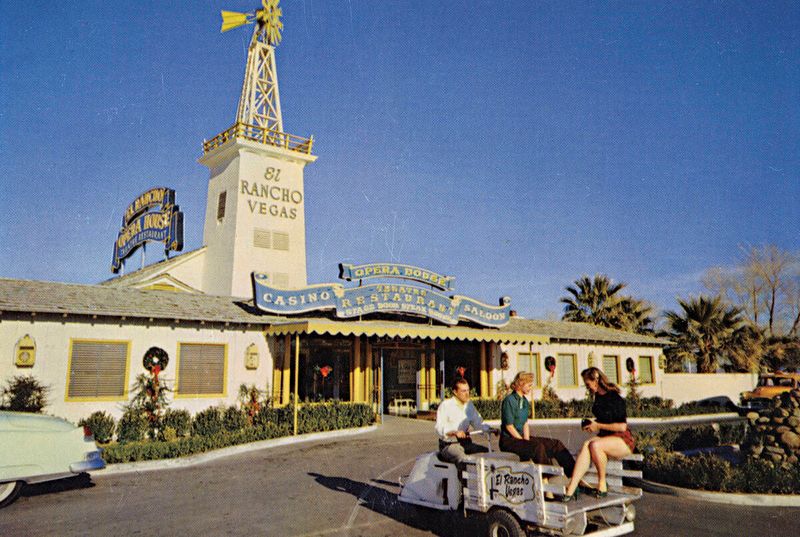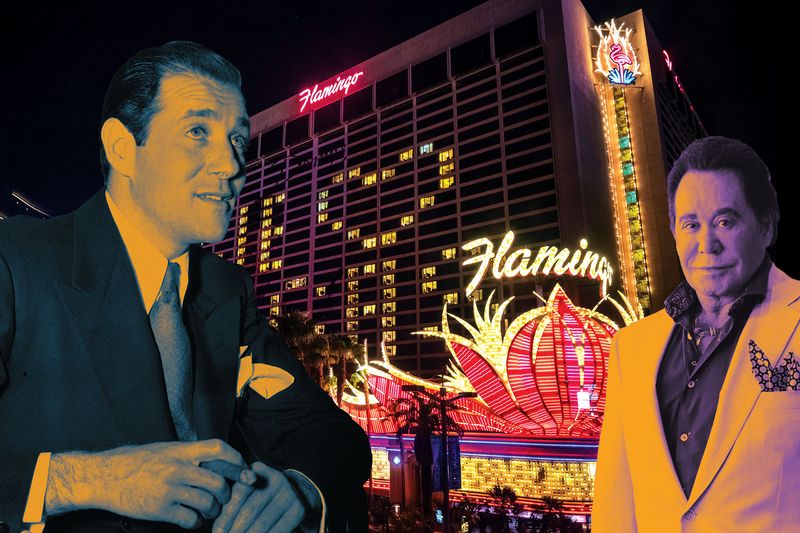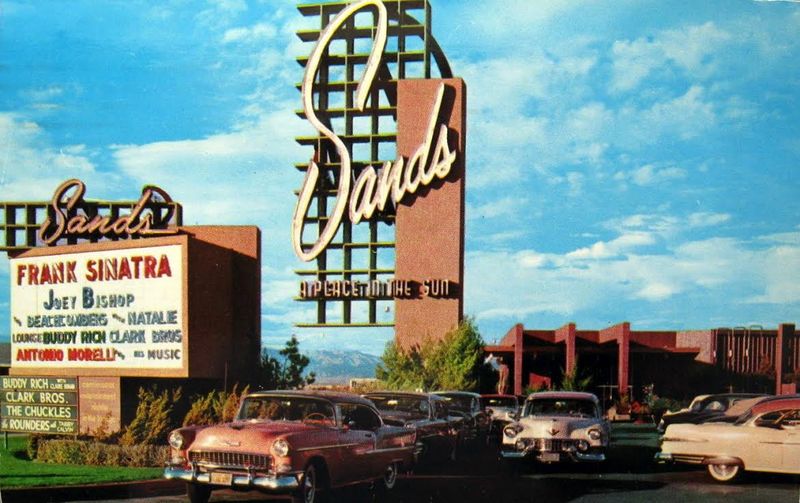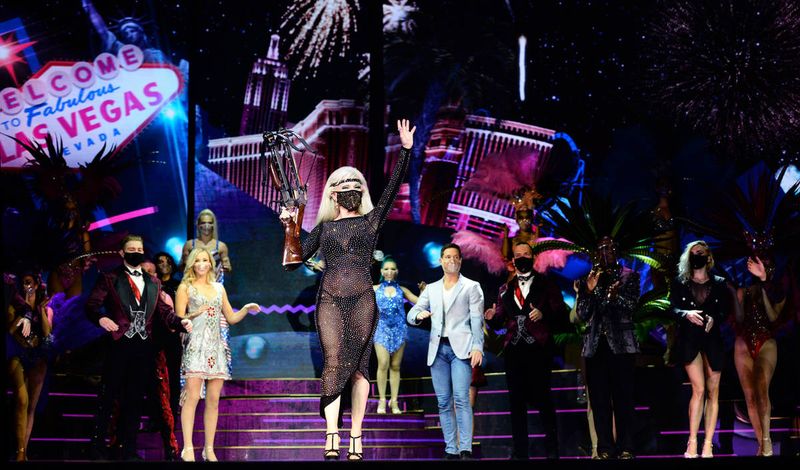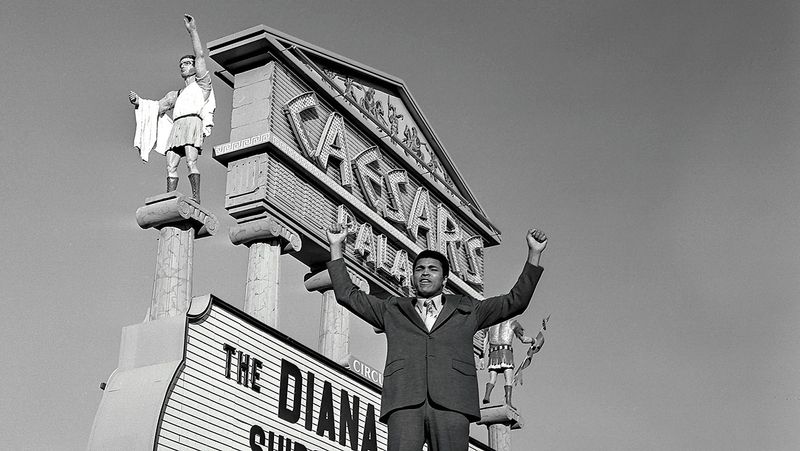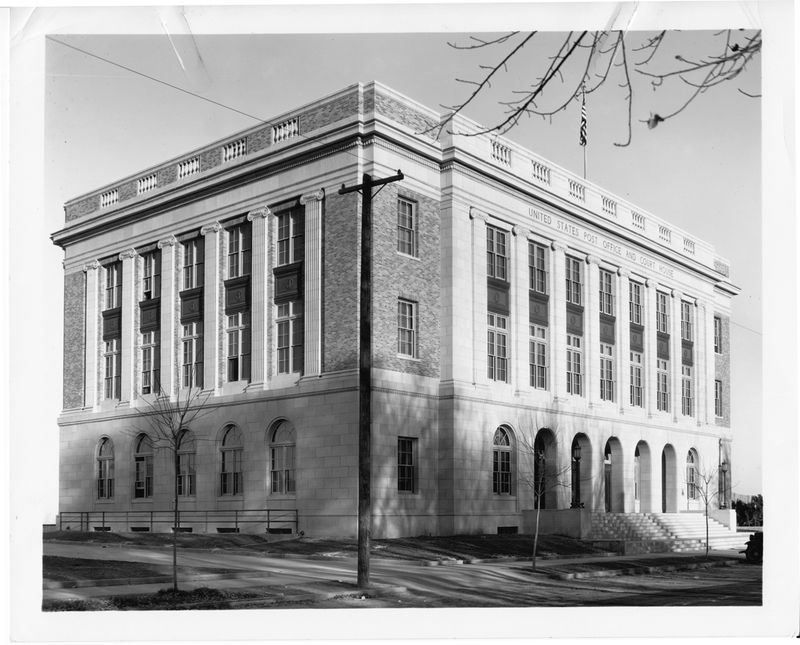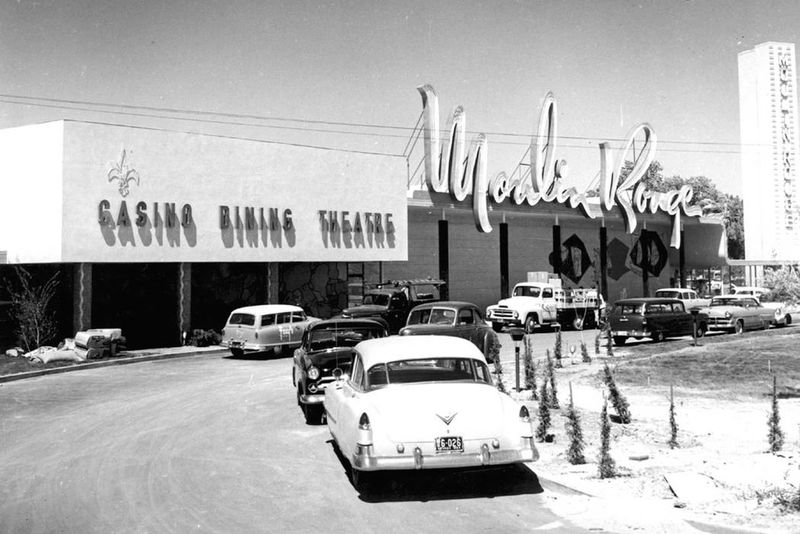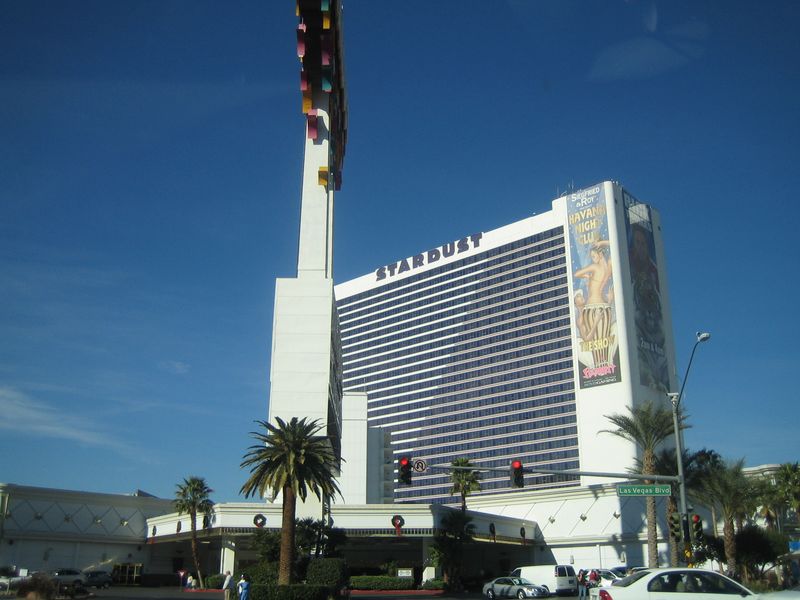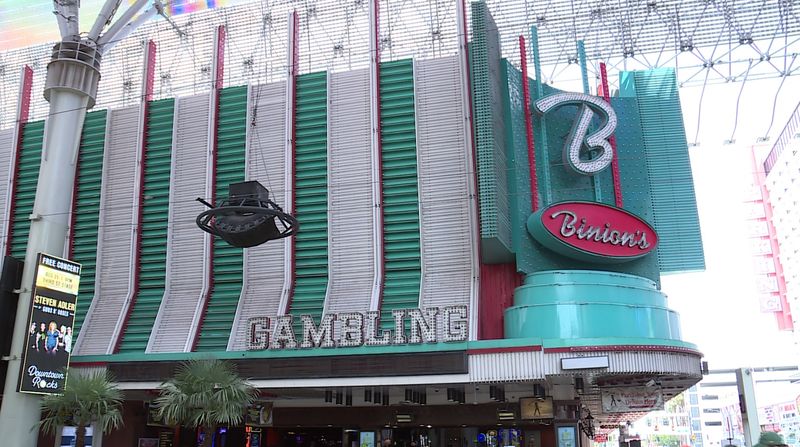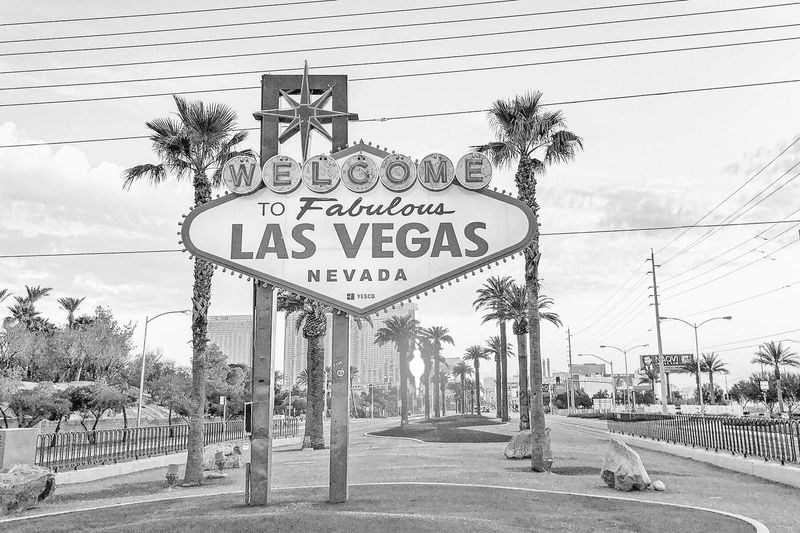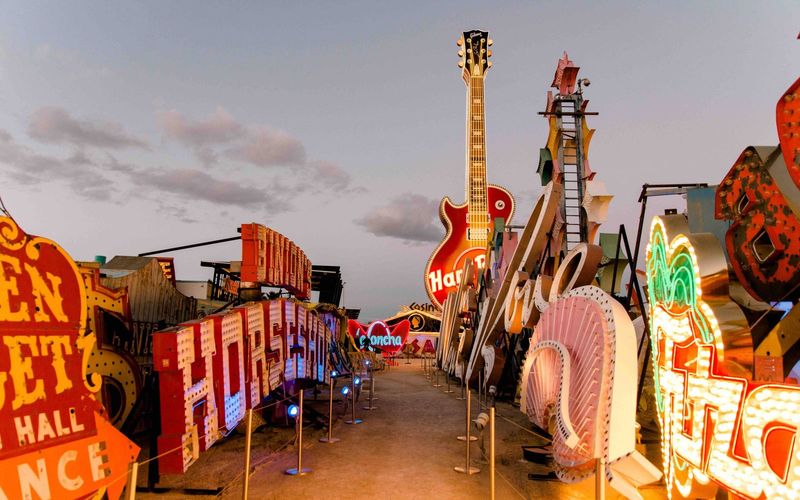12 Vintage Pictures That Will Help You To Discover The History Of Las Vegas
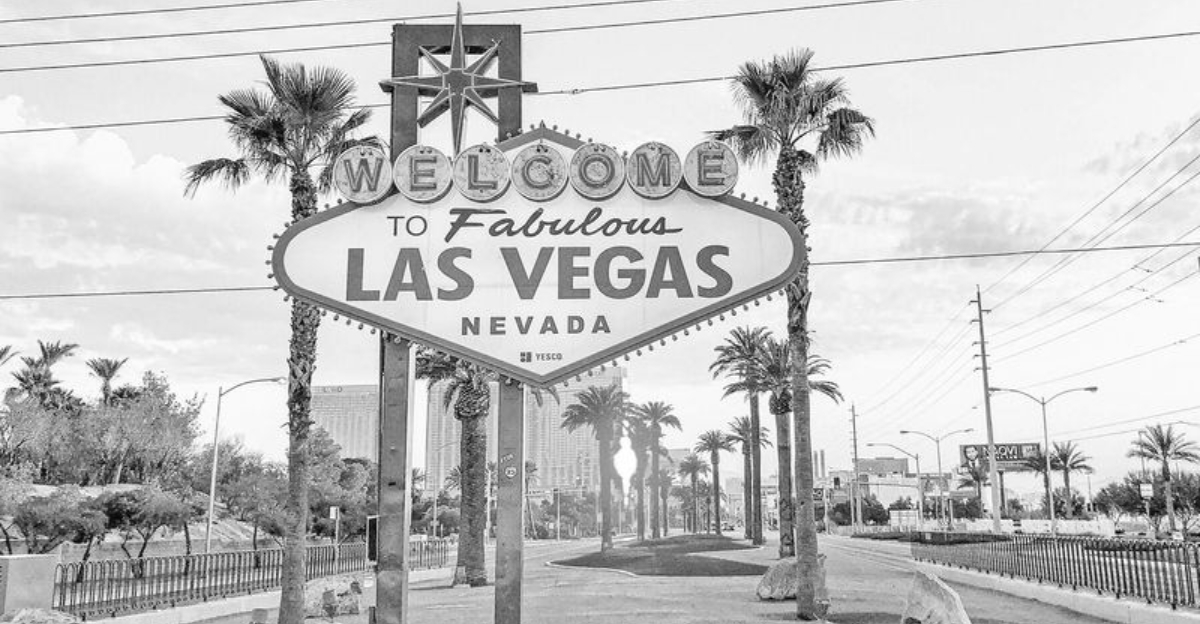
Step right up and hit the nostalgia jackpot as we dive into 12 vintage pictures that reveal the glitzy, gritty, and utterly fascinating past of Las Vegas!
What started as a humble desert outpost transformed into the neon-lit playground of dreamers, high rollers, and legendary performers. From the golden days of Sinatra and showgirls to the wild bets placed in smoke-filled casinos, every snapshot captures the essence of Sin City’s rise to fame.
So grab your virtual cocktail, let the dice roll, and get ready for a time-traveling adventure sprinkled with humor, charm, and that signature Vegas sparkle!
1. The El Rancho Vegas
Picture this: The El Rancho Vegas, the first resort on the Strip, opened in 1941. A desert escape with a splash of glamour! It boasted 63 rooms, a casino, and a showroom. Its opening was like hitting the jackpot for Las Vegas.
The El Rancho drew Hollywood stars like moths to a neon flame. Imagine Clark Gable and Betty Grable rolling dice nearby. Sadly, it closed in 1960 due to a fire, but its legacy burns brightly in Vegas lore.
A trailblazer, it paved the way for future resorts, making Las Vegas the entertainment capital it is today.
2. Bugsy Siegel and The Flamingo
Meet Bugsy Siegel, the infamous mobster with a knack for dreams bigger than the desert sky. In 1946, he opened The Flamingo Hotel, hoping to create a paradise in the sand. The Flamingo’s elegance was legendary, its neon lights like a beacon in the night.
Siegel’s vision was as bright as a Vegas marquee, but trouble followed him like a persistent slot machine jingle. He was killed in 1947. Despite his untimely exit, The Flamingo flourished.
It became a cornerstone of the Strip, a testament to the bold dreams and risky bets that shaped Las Vegas.
3. The Sands Hotel
The Sands Hotel was the epitome of 1950s cool, where the Rat Pack reigned supreme. Frank Sinatra, Dean Martin, and Sammy Davis Jr. crooned in the Copa Room, serenading audiences with charm and tunes.
Opening its doors in 1952, The Sands became synonymous with sophistication and swing. Its pool parties were legendary, its casino a hotspot for high rollers.
Alas, it met the wrecking ball in 1996, but its spirit lives on in the annals of entertainment history. The Sands was more than a hotel; it was a cultural icon, reflecting the glitz and glamour of a bygone era.
4. Liberace’s Extravaganza
Dazzling audiences in the 1960s, Liberace was Vegas’ very own maestro of flamboyance. His performances were an explosion of sequins and smiles, leaving audiences spellbound.
Liberace’s stage presence was as grand as his piano – glittering and larger than life. He turned concerts into spectacles, filled with charisma and charm. Entering stage left with a wink and a grin, he proved that in Las Vegas, more is more.
His legacy still twinkles in the city’s vibrant entertainment landscape, a shining reminder that sometimes, too much glitter is just enough.
5. Caesars Palace Opening
In 1966, Caesars Palace opened with a splash worthy of a Roman emperor. Its opulent decor and lavish style set a new standard for hotels. Vegas never saw anything quite like it.
Complete with gushing fountains and mosaics, Caesars offered a taste of ancient Rome in the Nevada desert. The grand opening was a spectacle, with celebrities and dignitaries strolling the halls. It became a beacon of luxury and excess, captivating visitors from around the world.
Today, Caesars Palace remains a symbol of Vegas’ ability to transport you to another time and place, all while staying in the present.
6. The Mob Museum
The Mob Museum, located in downtown Las Vegas, is a treasure trove of history. Opened in 2012, it gives a nod to the city’s colorful past, filled with tales of mobsters and mavericks.
The museum’s exhibits are as engaging as a heist film, offering insights into organized crime and its influence on Vegas. It’s not all about the past; the museum also explores contemporary issues.
Visitors leave with a deeper understanding of how Las Vegas became the city it is today. It’s a must-see for history buffs and thrill-seekers alike, blending education with entertainment seamlessly.
7. The Moulin Rouge
The Moulin Rouge, opened in 1955, was a beacon of inclusivity and style. It was the first integrated hotel-casino in Las Vegas, a place where all were welcome to enjoy the entertainment.
The casino played host to legendary performers like Sammy Davis Jr. and Louis Armstrong. Its short life didn’t dim its impact – it closed in 1955 but left a lasting legacy.
The Moulin Rouge was more than a casino; it was a statement of unity and progress in a time of division. Its name still resonates in the halls of Vegas history as a pioneer of change.
8. The Stardust Resort
The Stardust Resort was a cosmic explosion of neon and innovation when it opened in 1958. Its sign was as bright as the stars, a beacon for gamblers and tourists alike.
The Stardust quickly became a Vegas staple, known for its lively atmosphere and cutting-edge shows. Its topless revues were the talk of the town, pushing boundaries and drawing crowds.
Although it was demolished in 2007, the Stardust’s impact on Vegas’ nightlife is unforgettable. It was a shining example of Vegas’ ability to dazzle and delight, forever etched in the city’s colorful history.
9. Binion’s Horseshoe Casino
Binion’s Horseshoe Casino was a Fremont Street fixture, known for its no-limit poker games and larger-than-life persona. Founded by Benny Binion in 1951, it was a gambler’s paradise.
The Horseshoe’s claim to fame was hosting the first World Series of Poker in 1970, putting Vegas on the poker map. It was a place where fortunes were won and legends were born.
Over the years, it became synonymous with high-stakes gambling. Though ownership changed, the spirit of Binion’s lives on, a testament to the daring and drama that defines Las Vegas gaming culture.
10. The Las Vegas Sign
The “Welcome to Fabulous Las Vegas” sign is an icon, greeting visitors since 1959. It’s more than just metal and lights; it’s a symbol of the city’s allure and charm.
Designed by Betty Willis, the sign sits proudly on the Strip, a must-see for tourists. It’s a beacon of welcome and wonder, capturing the essence of the Vegas experience.
Whether you’re a first-timer or a seasoned visitor, snapping a photo with the sign is a rite of passage. It stands as a testament to Vegas’ vibrant spirit and timeless appeal, as bright today as when it first lit up.
11. The Neon Boneyard
The Neon Boneyard is where old Vegas signs go to retire, a luminous graveyard of history. Located downtown, it’s a mesmerizing display of artistry and nostalgia.
The Boneyard showcases signs from iconic landmarks, each with its own story to tell. Visitors can wander among the glowing relics, imagining the days when these lights beckoned from the Strip.
It’s a tribute to the craftsmanship and creativity that defined Vegas’ golden age. A visit to the Boneyard is like flipping through a photo album of neon dreams, a glowing testament to the city’s vibrant and colorful past.
12. The Bellagio Fountains
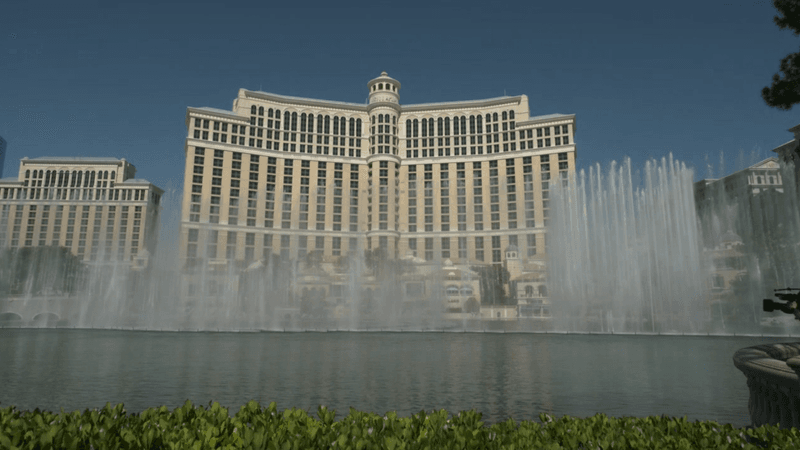
The Bellagio Fountains are a spectacle of water, light, and music. Since 1998, they’ve been enchanting visitors, offering a show that’s as mesmerizing as a winning streak.
Situated in front of the Bellagio Hotel, the fountains perform choreographed dances, captivating audiences. It’s a free show that rivals any paid performance in town. The sight of water leaping in harmony with music is a must-see, a modern marvel reflecting Vegas’ flair for the dramatic.
The Bellagio Fountains are a testament to the magic of Las Vegas, where even water takes center stage in a grand display.

